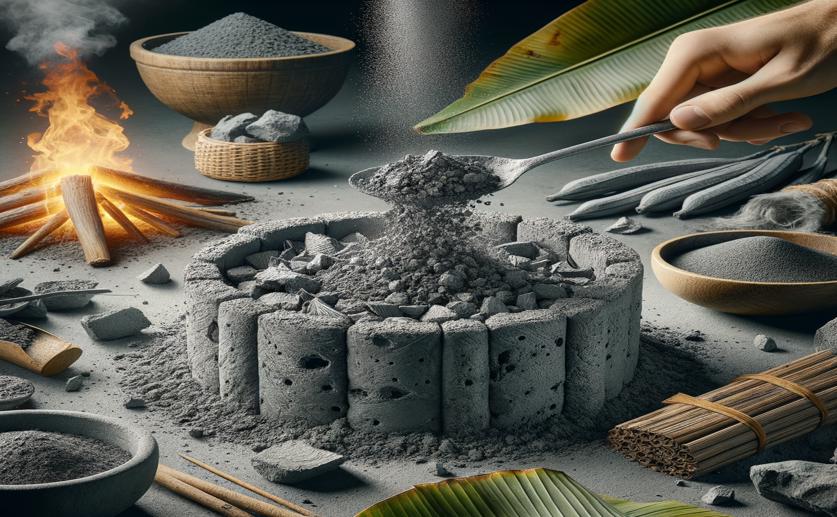
Improving Concrete Durability with Banana Leaf Ash
Jenn Hoskins
14th April, 2024

Image Source: Natural Science News, 2024
Key Findings
- Researchers found that adding up to 10% banana leaf ash (BLA) to concrete boosts its strength by 10%
- Beyond 10% BLA, concrete's strength slightly decreases, but durability against acids and sulfates improves
- The study suggests BLA as a sustainable cement alternative, aiding in waste reduction and environmental protection
SustainabilityBiochemAgriculture
References
Main Study
1) Effect of banana tree leaves ash as cementitious material on the durability of concrete against sulphate and acid attacks.
Published 15th April, 2024 (future Journal edition)
https://doi.org/10.1016/j.heliyon.2024.e29236
Related Studies
2) Effect of wheat straw ash as cementitious material on the mechanical characteristics and embodied carbon of concrete reinforced with coir fiber.
3) Effect of used engine oil on the mechanical properties and embodied carbon of concrete blended with wheat straw ash as cementitious material.
4) Strength development in concrete with wood ash blended cement and use of soft computing models to predict strength parameters.



 7th April, 2024 | Greg Howard
7th April, 2024 | Greg Howard